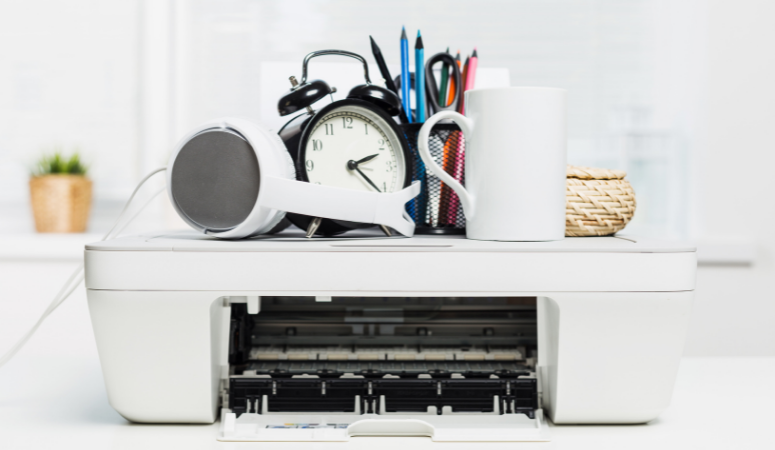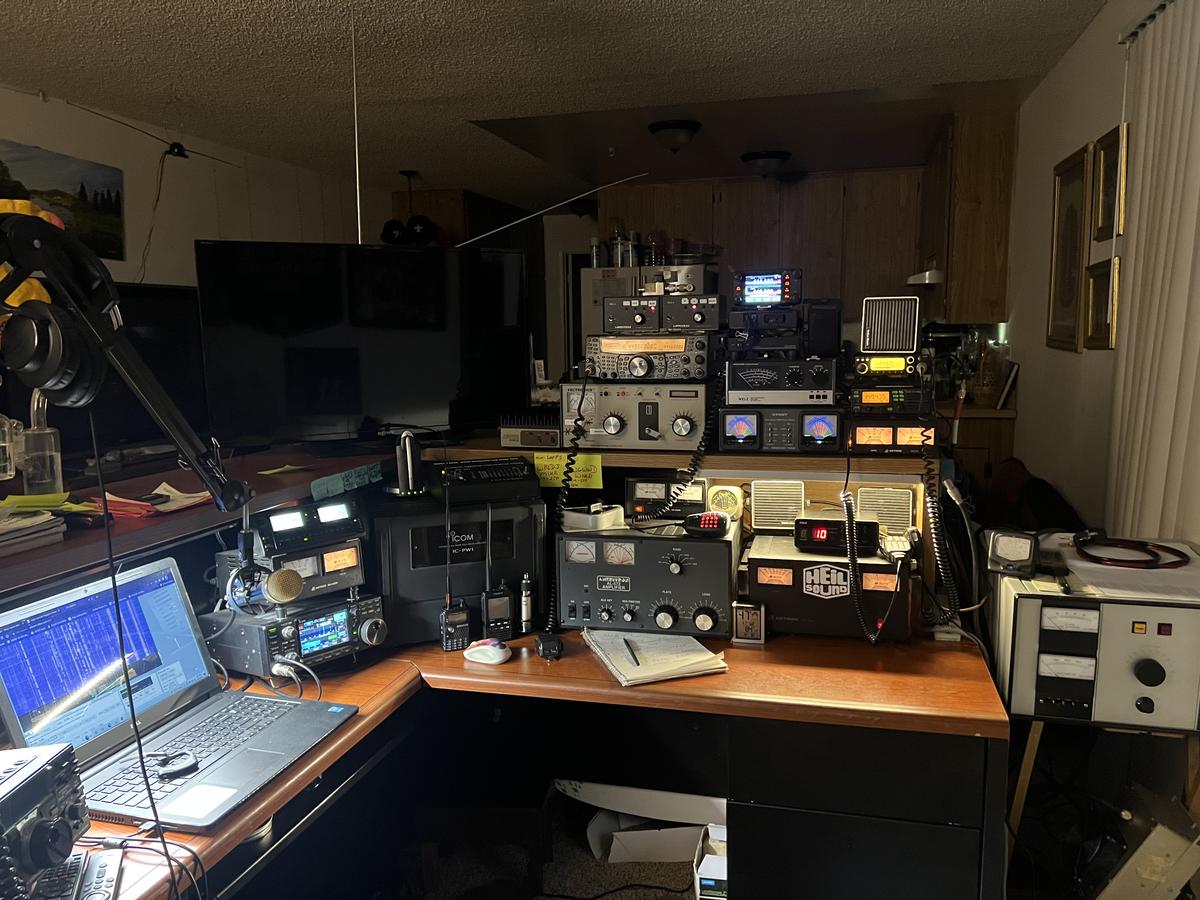
Stepper motors are a key component in many industrial applications, from CNC machines to 3D printers. Their precise control and ability to move make them an indispensable technology in modern manufacturing. But how can you maximize the performance and efficiency of your stepper motor linear actuator? Here are some important tips:
Choosing the right stepper motor linear actuator
Torque and speed
When choosing a stepper motor linear actuator, it is important to consider the torque required and the desired speed of movement. A motor with a higher torque is capable of moving larger loads, while a motor with a higher speed allows for faster movements.
Step angle
A motor’s step angle determines the size of the steps it takes. Motors with smaller step angles offer higher resolution and therefore more precise movement, but are often more expensive.
Optimization of the control electronics
Microstep control
By using microstepping control techniques, you can improve the resolution and accuracy of your stepper motors. This allows for more precise positioning and smoother movement.
Current limitation
By limiting the current sent to the motor, you can reduce heat generation and improve the efficiency of the motor.
Mechanical optimization
Reduction of friction and inertia
By using high quality bearings and minimizing friction and inertia in your mechanical system, you can improve the performance and efficiency of your stepper motors.
Alignment and calibration
Precise alignment and calibration of your stepper motors and mechanical components is critical for optimal performance.
Conclusion
By selecting the right stepper motor, optimizing the control electronics, and mechanically optimizing your system, you can maximize the performance and efficiency of your stepper motors. This enables precise and reliable motion control in your applications.





